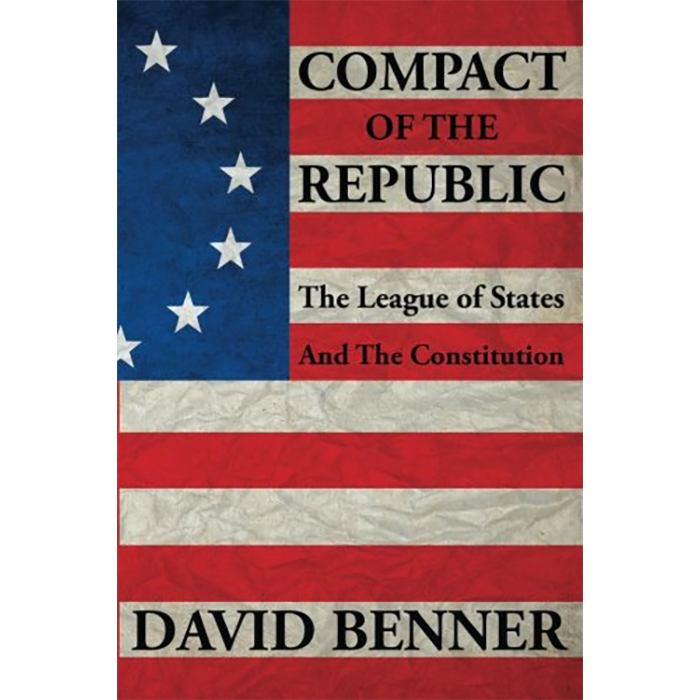Description
The genesis of the United States Constitution was built upon centuries of tyranny inflicted by treacherous kings and highly centralized government. In many cases, this authority had to be challenged directly in order for liberty to thrive. As a result, the Constitution was born from a laborious and exhaustive understanding of the British experience that the founders lived under and observed.
In Compact of the Republic, David Benner aims to prove that the Constitution did not impose a nationalist, powerful central government, and was not ratified by “one people.” Instead, the Constitution was a multi-party compact set up by the states, where the states were the masters of their own creation. The states built the federal government, and did not intend for their creation to rule over them. Compact of the Republic promises to become the standard argument for the compact view of the union, and throws a wrench into the wheel of contemporary legal thought.
In Compact of the Republic, historian David Benner:
*Contends that representatives were made aware that power could be resumed by the states after acts of federal overreach and usurpation
*Explores the historical foundation behind the Bill of Rights, and traces the limitations on government to the malevolent actions of kings
*Proves the Constitution acknowledges the states in the plural, as a collection of societies with varied interests
*Reveals that the “elastic clauses” were clearly explained and leave no room for modern reinterpretation
*Explains how the federal judiciary now overturns state laws that they have no discretion over, to the contrary of its original scope of power
*Describes how Thomas Jefferson and James Madison believed that unconstitutional federal laws had to be opposed, nullified, and obstructed by the states
*Illustrates that ratification was only secured by convincing opponents of the Constitution that the document would produce a weak general government with limited, enumerated powers
Paperback: 396 pages
Publisher: Life & Liberty Publishing Group; 2 edition (November 5, 2014)




